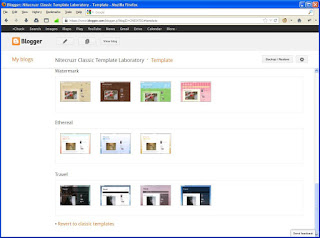When it comes to infosec industry we all know that practice is the best way to learn how to defend and protect your system and more important how to find vulnerabilities and flaws within the systems you are after. This is a never ending training and the way you can do it most intensely and extensively is on CTF competitions.
Today's CTF are becoming more and more complex and engaged. You can find from level based CTF's where you have to pass a level in order to get access to the next, up to more sophisticated systems that mimic different scenarios like internet bank phishing, to complex money laundering scenarios up to attack and defend games where each team get a server full of vulnerabilities or flaws and teams have to patch it while other members exploits the other teams servers.
Any good thing comes with bad things too. Beside their value as an alternative to infosec training labs, there are also some cons. CTFs are held yearly, spread it all over the world, held for short period of time, far from the real world internet (e.g. no DoS or DDoS attacks allowed). Most of them fall into oblivion, even though they are fun.
We at CTF365 decided to change CTF competitions for the better and we promise to blow your expectations. We'll simply build an internet within The Internet where everything will be possible. Well, almost everything. Routers, switches, networks, DoS or DDoS attacks, you name it.
CTF365 is World of Warcraft for Hackers except that instead of fighting in a fantasy world, with imaginary powers against imaginary characters, CTF365 will replicate the real world as much as possible, and you will have to fight with your own real tools... hacking tools.
BackTrack, Metasploit, Nmap, BackBox Linux or whatever you choose to use as weapons. You will have your own Fortress (your own server) to defend, with your own network, routers, and switches. You will build your own team and we will provide you with RTTK – Red Team Tool Kit for team communication and many more features. There will be as few rules as possible trying to get to the perfect cyber wargame: No rules at all.
CTF365 will provide the infrastructure VPS included.
This is CTF365 team's goal. To create an internet within the real internet, a place where everybody can hack others machines while protect their own and become better and better in their day-to-day trainings.
CTF365 will test the teams for both defensive and offensive skills and its goal is to make players to become better at what they love to do most; offensive and/or defensive security. Having a place full of different kind of systems give players the opportunity to feel like in real life when you don't know what it'll be around the coroner.
As a system administrator you and your team can experiment new configurations without the fear that something wrong can happen or you can simply train your skills to protect your system. CTF365 is the ultimate testing field for servers administrators and pentesters.



































